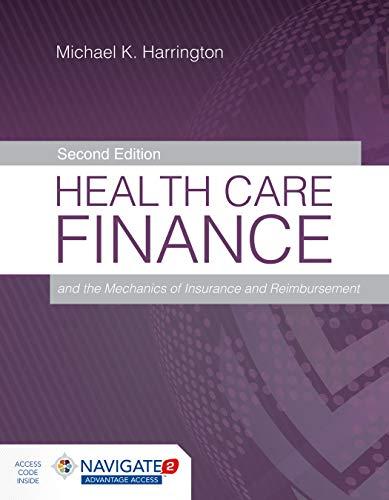Answered step by step
Verified Expert Solution
Question
1 Approved Answer
Consider the two (excess return) index-model regression results for stocks A and B . The risk-free rate over the period was 4%, and the markets
Consider the two (excess return) index-model regression results for stocks A and B. The risk-free rate over the period was 4%, and the markets average return was 11%. Performance is measured using an index model regression on excess returns.
| Stock A | Stock B | |
|---|---|---|
| Index model regression estimates | 1% + 1.2(rM rf) | 2% + 0.8(rM rf) |
| R-square | 0.683 | 0.49 |
| Residual standard deviation, (e) | 12.1% | 20.9% |
| Standard deviation of excess returns | 23.4% | 28.5% |
a. Calculate the following statistics for each stock: (Do not round intermediate calculations. Round your answers to 4 decimal places.)
- Alpha
- information ratio
- sharpe ratio
- treynor measure
b. Which stock is the best choice under the following circumstances? a or b
- This is the only risky asset to be held by the investor
- This stock will be mixed with the rest of the portfolio, currently composed solely of holdings in the market-index fund
- This is one of many stocks the investor is analyzing to form an actively managed stock portfolio
,
Step by Step Solution
There are 3 Steps involved in it
Step: 1

Get Instant Access to Expert-Tailored Solutions
See step-by-step solutions with expert insights and AI powered tools for academic success
Step: 2

Step: 3

Ace Your Homework with AI
Get the answers you need in no time with our AI-driven, step-by-step assistance
Get Started


